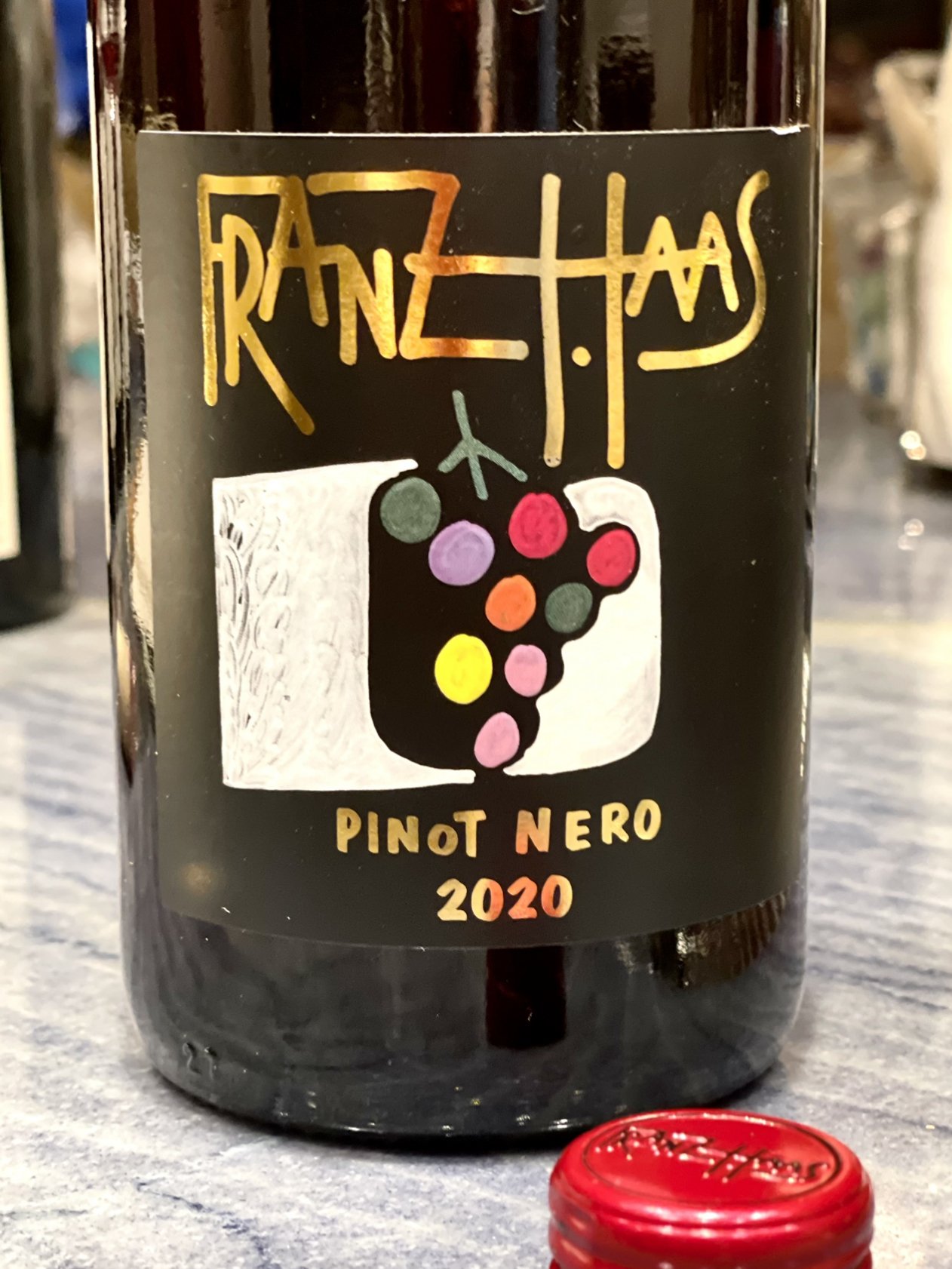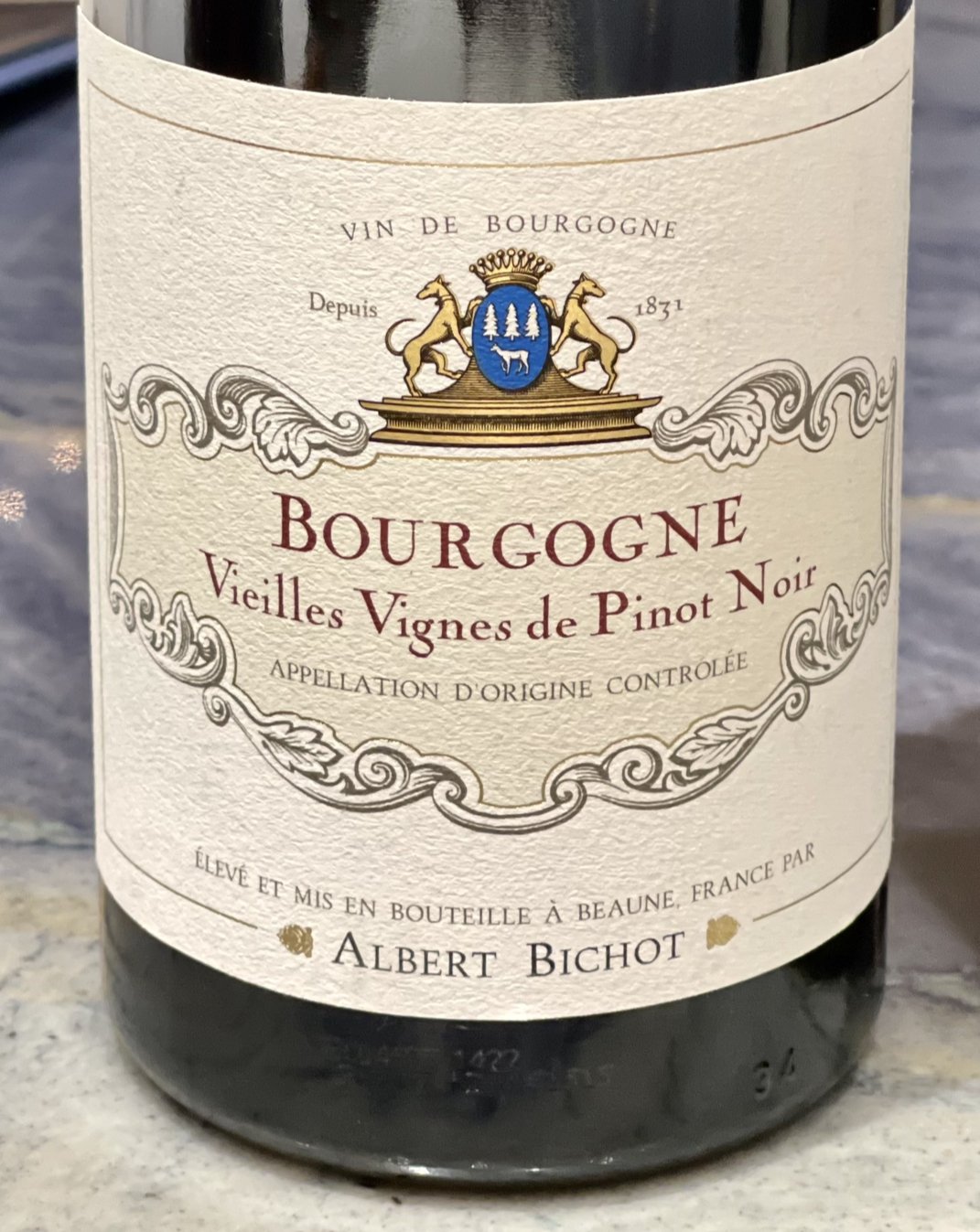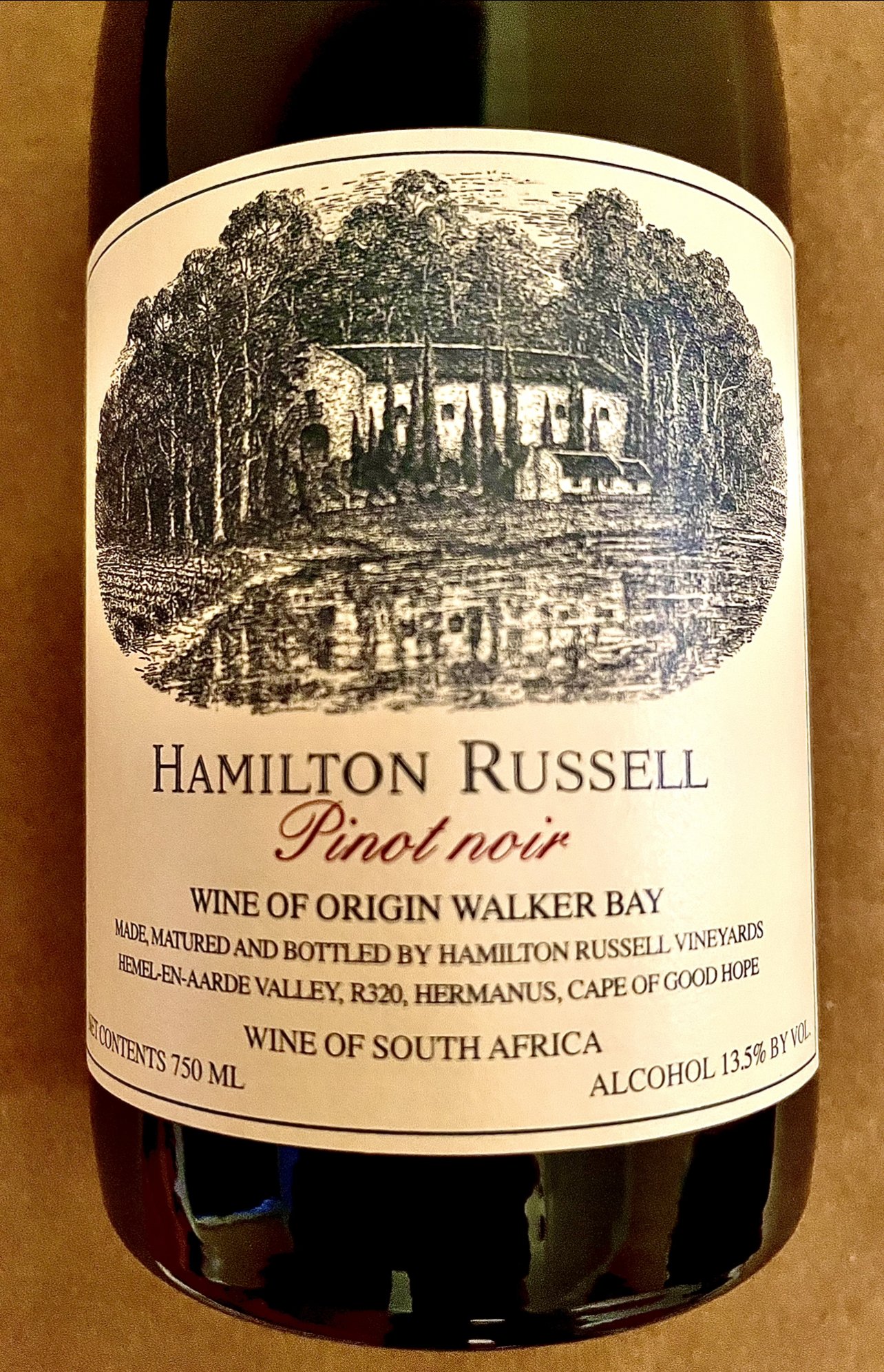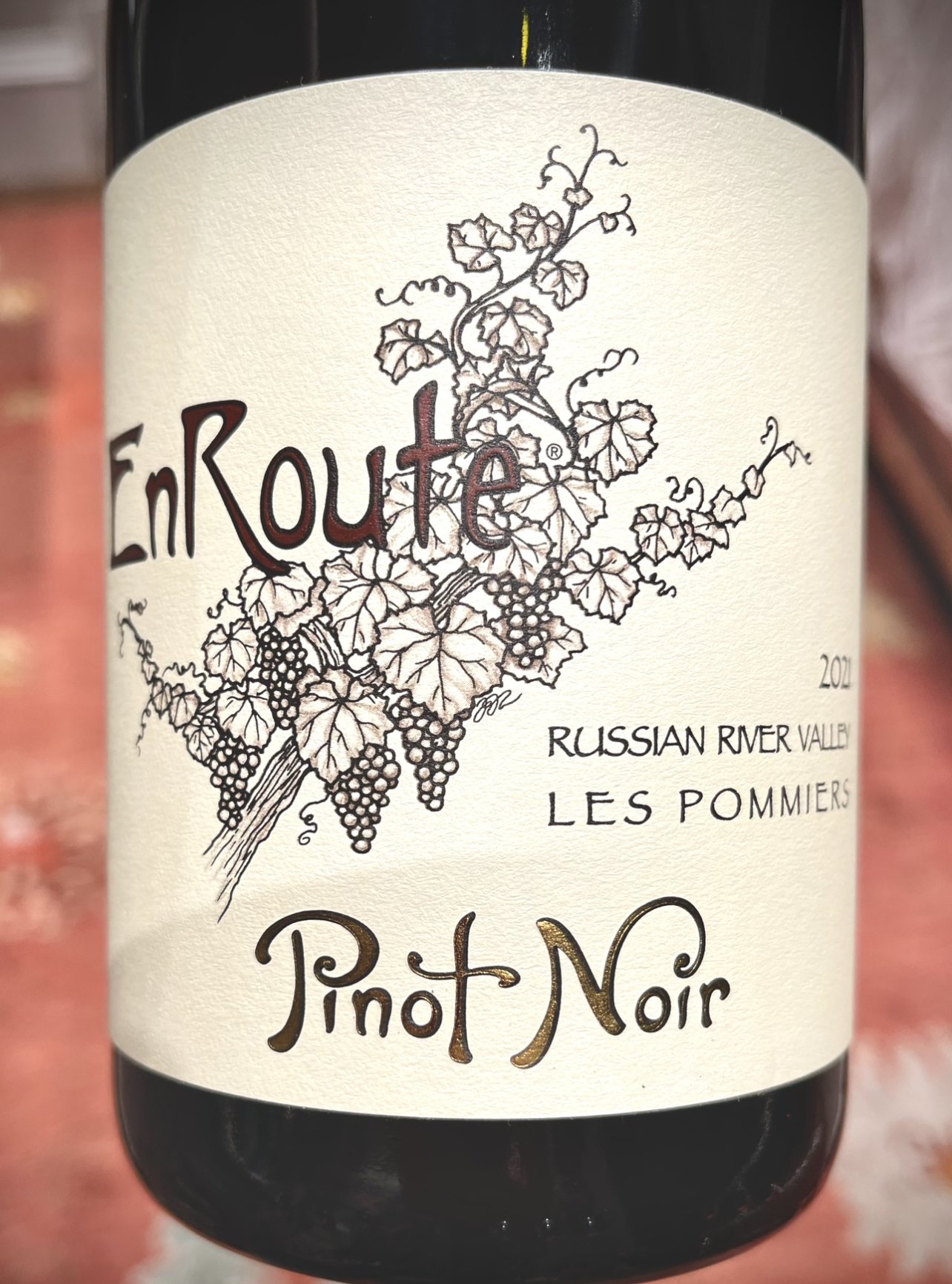Around the World with Eight Great Pinot Noirs
/Did you know that Pinot Noir is called the heartbreak grape? The term refers to the emotional state of wine growers who have tried, unsuccessfully, to cultivate this delicate, thin-skinned variety.
Pinot Noir is extremely susceptible to damage from harmful weather and disease, requiring a lot of diligence in the vineyard. Unlike Cabernet Sauvignon, a hardy grape that can flourish just about anywhere, Pinot Noir demands just the right conditions to grow and ripen well: not too hot, not too cold, not too wet, not too dry, and soils that are not too sandy, nor too dense.
Despite the difficulties, winemakers with the right geographic and climatic conditions are happy to give it a go. Why? Because this finicky grape makes some of the world’s most exciting and unique wines.
For a recent virtual seminar presented by wine importer Empson USA, and hosted by Ray Isle, Executive Wine Editor at Food & Wine, I received eight bottles of Pinot Noir in various styles, from light-bodied to more structured and age-worthy. They came from several countries: Italy, France, New Zealand, South Africa, and the USA.
Pinot Noir is grown in over 25 countries on every continent, making it truly an international variety. However, most of it comes from France, the United States, and Germany. The benchmark for Pinot Noir is the French region of Burgundy (aka Bourgogne), from which grape growers worldwide draw inspiration.
A Drinkable Wine
Pinot Noir has a remarkable ability to partner well with food, mostly due to its lively, palate-refreshing acidity and soft and silky tannins which never overwhelm. It was interesting to taste Pinot Noir from different regions, side-by-side, and see how it's can be made into a wide range of styles. Some were quite fruity and seemed almost sweet despite being dry wines, while others were more austere, tart even, the kind that gets the appetite going. But they were all lively, well-structured wines, with a good balance of fruit, acidity, and alcohol.
Following are my notes on the eight wines sampled: one sparkling rosé and seven still reds. I can happily recommend all of them, depending on your preferred style and what’s on your dinner table.
The wines are in order of the lightest to the fullest-bodied, although a wine made from Pinot Noir would rarely, if ever, be considered full-bodied.
Ferghettina Eronero Franciacorta Rose Brut DOCG. ($40) Franciacorta, a region in northern Italy, produces some of Italy’s most extraordinary sparkling wine. Ferghettina’s bubbly rosé is made from 100% Pinot Noir in the classic method, as in Champagne.
Tasting notes: Light on its feet with great freshness and just the right amount of fruity notes—strawberry, raspberry, grapefruit—and plenty of toasty brioche and marzipan flavors.
Franz Haas Pinot Nero Alto Adige DOC 2020. ($26) Alto Adige, bordering Austria in northeastern Italy, is a premier region for Pinot Noir. Franz Haas winery, founded in 1880 and family-owned, is one of Alto Adige’s most exciting wineries. Their high-altitude vineyards produce wines of exceptional complexity with ballerina lightness.
Tasting notes: Light-bodied and juicy, this Pinot Noir bursts with fragrant notes of cherry, raspberry, rose petals, white pepper, dried herbs, and a hint of earthiness. Crisp, with minimal tannins, a superb choice for cheeses, meats, or seafood, such as sushi. Serve chilled but not too cold.
Albert Bichot Bourgogne Pinot Noir “Vieilles Vignes” 2020. ($27) The Bichot family started making wine in Burgundy in 1831. Six generations later, the family owns and operates six estates throughout the region with 247 acres of vineyards, many of which were planted over 40 years ago. The vines for this wine, “Vieilles Vignes” (French for old vines), are between 45 to 60 years old. The 2020 vintage in Burgundy was excellent, and this elegant, age-worthy Pinot Noir is delicious now, but should continue to evolve beautifully for another ten to fifteen years.
Tasting notes: Light to medium-bodied with lively acidity and a refined structure. Ripe, fresh strawberry, cherry, fennel, mushrooms, hints of black pepper, and spicy, leathery notes. An excellent choice for starting off an evening, paired with a plate of cheese and dried fruits.
Paul O’Brien Pinot Noir Umpqua Valley Oregon 2018. ($27) Founded in 2013, the winery is located where Oregon’s first Pinot Noir vines were planted, in the state’s far southwestern reaches, the Umpqua Valley.
Tasting notes: Fruit forward with dark cherry, cedar, raspberry notes, and a touch of rose petals, tobacco, and baking spices. A wine of great depth and richness, medium-body, and well-integrated tannins. Beautifully balanced, an outstanding Oregon Pinot Noir.
Pegasus Bay Pinot Noir 2019. ($48) This small family-owned and operated New Zealand winery is located close to the sea in the Waipara Valley, on the north coast of the southern island.
Tasting notes: Well-made, elegant and youthful. Upfront fruit notes of cherry, raspberry, strawberry, and cranberry and underlying hints of mint and oak. The long, structured finish makes it a perfect match for pork tenderloin with apples and onions. Drink now or hold.
Hamilton Russell Vineyards Walker Bay Pinot Noir 2019. ($50) “We are not newcomers to the game as we are coming up on bottling the 42nd vintage of Pinot Noir,” says Anthony Hamilton Russell, one of South Africa’s top producers of Pinot Noir and Chardonnay. Unfortunately, due to a large wildfire in January of 2019, the winery lost most of its estate Pinot Noir. But rather than calling it quits, they purchased the best Pinot Noir they could get their hands on from generous neighbors whose vineyards were not affected. So the 2019 vintage is a Hamilton Russell Walker Bay wine, not a Hamilton Russell Vineyards wine.
Tasting notes: Medium-bodied, driven by spice, structure, and depth. Restrained, savory, with notes of leather, earth, fresh strawberry, raspberry, and blueberry, and a strikingly long finish. Bravo to Hamilton Russell for turning a near-disaster into an delicious opportunity!
Marchesi Pancrazi ‘Villa di Bagnolo’ Pinot Nero Toscana IGT 2016. ($34) Founded in the 16th century, this Tuscan winery is just northwest of Florence. The Pinot Noir vines were planted in 1975 by mistake when a nurseryman took them for Sangiovese. The resulting wine proves that Pinot Noir can be crafted with character in the land of Sangiovese.
Tasting notes: Ripe red berries, dark sour cherries, herbs, and minerals, well-balanced, medium-bodied with good persistence. Try it with grilled swordfish or a big juicy steak.
EnRoute Pinot Noir, Russian River Valley,"Les Pommiers" 2021. ($40) Founded in 2007 by the partners of Far Niente winery in Napa Valley, EnRoute produces some of Sonoma’s most beautifully opulent and boldly flavored Pinot Noirs.
Tasting notes: “Les Pommiers” is all about juicy, ripe fruit: black cherry and plum, however, the full-bodied palate also offers toasted oak and backing spices like cinnamon and cloves. We’ll-balanced with supple tannins, and bright acidity. This Pinot Noir pairs exceptionally well with poultry, such as Jacques Pépin’s Duck à l’Orange.

































